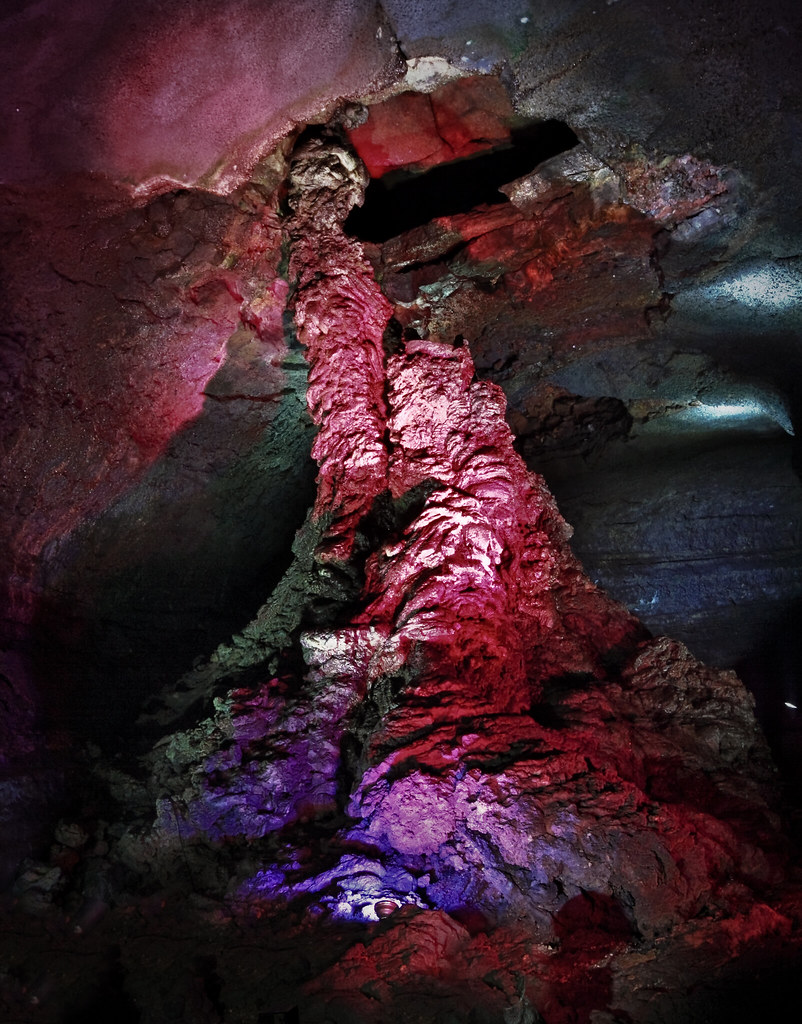The Autostadt is a visitor attraction adjacent to the Volkswagen factory in Wolfsburg, Germany, with a prime focus on automobiles. It features a museum, feature pavilions for the principal automobile brands in the Volkswagen Group, a customer centre where customers can pick up new cars, and take a tour through the enormous factory, a guide to the evolution of roads, and cinema in a large sphere. It is also home to the largest glass doors in the world and the longest printed line. The line starts from outside Wolfsburg and travels through Autostadt to a point on a farm. It is about 4 miles (6.4 km) long.
There are two 60 meter/200 ft tall glass silos used as storage for new Volkswagens. The two towers are connected to the Volkswagen factory by a 700 metre underground tunnel. When cars arrive at the towers they are carried up at a speed of 1.5 metres per second. The render for the Autostadt shows 6 towers. When purchasing a car from Volkswagen (the main brand only, not the sub-brands) in select European countries, it is optional if the customer wants it delivered to the dealership where it was bought or if the customer wants to travel to Autostadt to pick it up. If the latter is chosen, the Autostadt supplies the customer with free entrance, meal tickets and a variety of events building up to the point where the customer can follow on screen as the automatic elevator picks up the selected car in one of the silos. The car is then transported out to the customer without having driven a single meter, and the odometer is thus on “0″.







Source
READ MORE»
There are two 60 meter/200 ft tall glass silos used as storage for new Volkswagens. The two towers are connected to the Volkswagen factory by a 700 metre underground tunnel. When cars arrive at the towers they are carried up at a speed of 1.5 metres per second. The render for the Autostadt shows 6 towers. When purchasing a car from Volkswagen (the main brand only, not the sub-brands) in select European countries, it is optional if the customer wants it delivered to the dealership where it was bought or if the customer wants to travel to Autostadt to pick it up. If the latter is chosen, the Autostadt supplies the customer with free entrance, meal tickets and a variety of events building up to the point where the customer can follow on screen as the automatic elevator picks up the selected car in one of the silos. The car is then transported out to the customer without having driven a single meter, and the odometer is thus on “0″.







Source











































